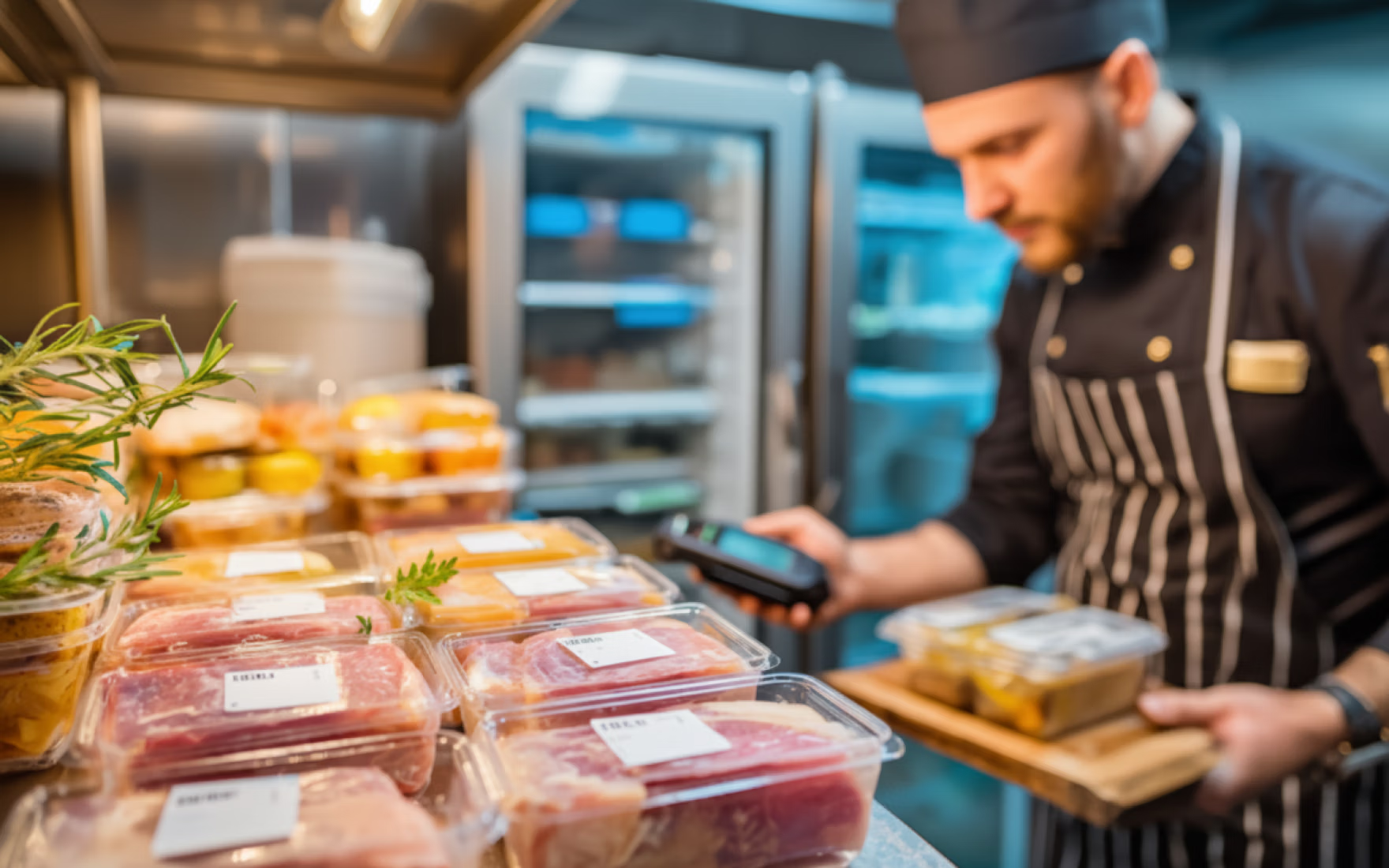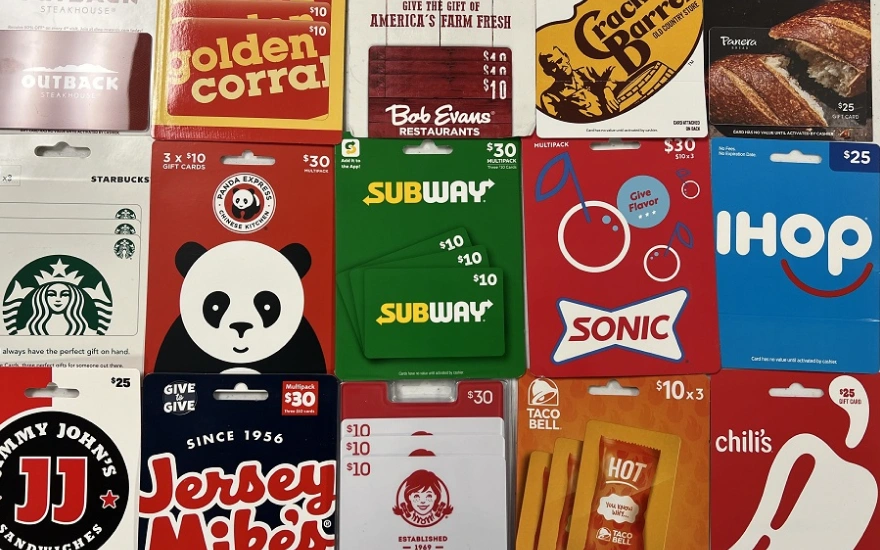"No Tax on Tips" Might Be a Gamechanger for the Restaurant Industry

What if someone told you that there was a policy that could potentially 1) improve restaurant staffing, 2) put more money in workers’ pockets, and 3) potentially help curb rising menu prices?
You’d probably say it’s too good to be true, right?
As the 2024 presidential election approaches, candidates Kamala Harris and Donald Trump are doing everything they can to earn your vote.
One proposal that’s been very popular among voters is the idea of eliminating federal taxes on tips for workers earning the tipped minimum wage, currently set at $2.13 per hour. This policy aims to provide relief to restaurant servers, bartenders, and other tipped employees.
Here’s an in-depth look at the “no tax on tips” proposal, who supports it, and what it means for the hospitality industry.
What Does “No Tax on Tips” Really Mean?
At its core, “no tax on tips” means that employees earning the federally mandated tipped minimum wage – which, as of September 2024, is $2.13 per hour – would not be required to pay federal income tax on any tips they receive. The Department of Labor defines a “tipped employee” as someone who earns over $30 per month in tips. This covers restaurant servers, bartenders, drivers, and other workers who rely on gratuities for their livelihood.

The aim is to put more money directly into the pockets of these workers, potentially boosting their take-home pay without altering their hourly wage.
How this will actually play out is anyone’s guess, considering neither Kamala nor Trump have clearly articulated how it would work in practice and which groups would be exempt – if any.
But there are few people who are fans of the current system…
How Does It Currently Work?
Most restaurants keep track of how much money servers receive in tips and withhold the amount that’s due in taxes from the employee’s paycheck by taking it out of their hourly wages. However, since the federal minimum wage for servers is so low, there’s often not enough to cover the amount of taxes that the server owes.
If your head is already spinning, don’t worry. Here’s an example:
- Tina works a four-hour shift and makes $2.13/hour (for a grand total of $8.52).
- She receives $99 in tips. Tina is in the 12% income tax bracket since she makes between ~$11k and ~$44k.
- For simplicity’s sake, let’s say Tina got sick and this is the only shift she worked that week.
- Her employer noted that she made $99 in tips, which gets taxed at the regular income tax rate of 12%.
- $99 * 12% = $11.88 (in income tax alone, not counting the 6.2% and 1.45% for Medicare and Social Security).
- However, Tina’s total wage for 4 hours of work was only $8.52 (and, again, that’s not including Social Security, Medicare, and state income tax, if it’s applicable).
- Her employer withholds her entire paycheck, but Tina is still “in the hole” about $3-4, depending on her state’s income tax rate.
Tina is technically legally obligated to keep track of that amount and pay Medicare, Social Security, and federal income tax on that amount herself.
But this is where things get sticky.
While it’s arguably unethical, many servers underreport the amount of money that they made in cash tips to the IRS in order to avoid paying additional taxes.
According to Marketplace.org, “The IRS figures the food and beverage business should be sending in some 200,000 tip disclosure forms every year. But only about a quarter ever show up.”
To be fair, consider that the IRS currently expects a high-school junior who’s working a summer job at the local diner to fully understand how this works, accurately report it, file the correct forms, and pay the appropriate amount. It’s a job fit for an accountant, not someone who hasn’t even taken geometry.
The amount of money that the IRS loses in taxable income often isn’t worth an audit. Even if that high-school junior was making a killing in tips, the IRS would be down $500? Maybe $1,000? (As you’ll read later, it might even be $0 anyway…)
Even if they did choose to go after the poor high-school junior, doing so would only hurt the Americans who are struggling the most: working-class, minimum wage employees. And that high-school junior probably wouldn’t have the money to pay them back anyway, creating a whole other challenge.
That’s part of the reason why both candidates support “no tax on tips.”

Who Supports No Tax on Tips?
In today’s hyper-polarized political environment, it should go without saying that it’s uncommon for Democrats and Republicans to find any common ground.
However, support for eliminating taxes on tips is coming from both sides of the political aisle. Kamala Harris, the Democratic nominee, and Donald Trump, the Republican nominee, have both expressed support for it.
Trump recently announced his support of the policy during the Republican National Convention and Harris followed with a similar stance after meeting with labor groups, particularly the Culinary Workers Union in Nevada.
In Congress, Republican legislators such as Sen. Ted Cruz and Rep. Byron Donalds have already introduced bills to fully exempt tips from federal income taxes. This proposal has garnered the support of the National Restaurant Association, which represents a significant portion of the industry.
What Are the Benefits of No Tax on Tips?
At first glance, eliminating taxes on tips seems like a clear win for tipped employees. According to proponents, the policy would provide immediate tax relief to millions of service workers, particularly in the restaurant and hospitality industries. For employees already feeling the squeeze from rising costs of living, keeping more of their hard-earned tips could make a meaningful difference in their day-to-day finances.
The National Restaurant Association has also argued that it would strengthen the economic position of restaurant workers, potentially allowing them to save more and experience less financial strain.

What Are the Concerns of Getting Rid of Tax on Tips?
Despite the positive spin, there are concerns that this policy won’t significantly impact most tipped workers. The reality is that only about a third of tipped employees earn enough to pay federal income taxes at all. For many, their income falls below the standard deduction threshold – $14,600 for single filers – meaning they wouldn’t owe taxes even if their tips were taxed.
Critics argue that while this policy sounds good, it may disproportionately benefit higher earners, allowing individuals in higher income brackets to reclassify large portions of their income as tax-exempt tips. This loophole could diminish the policy’s intended impact on low-wage workers.
What Impact Will Tax-Free Tips Have on the Hospitality Industry?
Our take is that most “higher-earning” service workers are still not receiving enough money to pay for basic goods and services – and anything that could potentially help them reduce their tax burden could put more money in their pockets today, which can only help the industry as a whole.
The potential impact of tax-free tips on the hospitality industry is mixed. On the one hand, as we mentioned above, restaurant and service workers could enjoy an immediate boost to their take-home pay, which may help businesses retain employees in a labor market that’s increasingly competitive.
On the other hand, eliminating taxes on tips doesn’t address broader challenges in the hospitality industry, such as low base wages or the precarious nature of relying on tips as income. Some experts suggest that more significant reforms, such as raising or eliminating the tipped minimum wage, would have a longer-lasting and more meaningful impact on worker financial stability.

Which States Pay the Tipped Minimum Wage?
The tipped minimum wage of $2.13 per hour is a federal standard, but several states have already abolished it. In states like California, Washington, and Alaska, employers are required to pay tipped workers the full state minimum wage, regardless of how much they earn in tips. Other states, including Nevada, have hybrid systems where workers earn a higher base wage but still rely on tips to make up a significant portion of their income.
Many states are considering eliminating the tipped minimum wage altogether, in favor of policies that ensure tipped employees receive the full minimum wage before tips are considered. This has shown positive results in terms of economic growth and reducing poverty among low-wage workers.
Conclusion
The proposal to eliminate taxes on tips is an interesting, albeit limited, approach to boosting the financial well-being of tipped workers in the restaurant and hospitality industries.
While it’s supported by both Kamala Harris and Donald Trump, its actual benefits are highly contentious. Larger policy changes, such as raising the tipped minimum wage or eliminating it altogether, may offer a more substantial and long-term solution to the economic challenges faced by tipped employees. Nonetheless, the debate over this proposal will continue as the election season progresses and the future of America’s service workers remains a critical issue.



